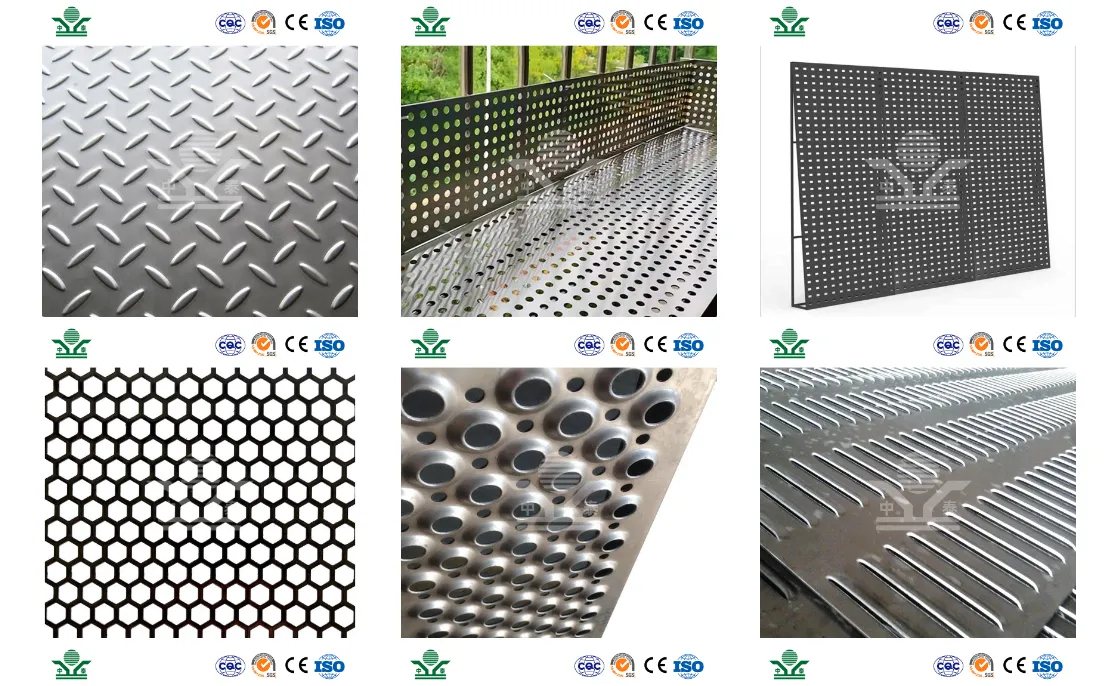Acoustic Fencing Does It Work?
In a world increasingly dominated by urban noise, the quest for tranquility has led many to explore various noise reduction solutions. One of the more innovative options gaining popularity is acoustic fencing. This method is designed to mitigate sound pollution in residential areas, creating a more peaceful living environment. But does acoustic fencing actually work? Let’s delve into what it is, how it functions, and its effectiveness.
Acoustic Fencing Does It Work?
The effectiveness of acoustic fencing is largely determined by its height, material, and solidness. Studies have shown that taller barriers tend to provide better sound attenuation, as they can intercept sound waves more effectively. Moreover, a solid fence will outperform one that is porous, as sound tends to pass through openings. Therefore, choosing the right materials and ensuring the fence is sufficiently high are crucial for maximizing sound reduction.
acoustic fencing does it work

Research indicates that acoustic fencing can significantly reduce noise levels. For instance, a properly designed and placed acoustic fence can lead to a decrease in noise pollution by 10 to 20 decibels. This reduction can transform a noisy backyard into a serene space, allowing residents to enjoy their outdoor areas without the persistent hum of traffic or other environmental noises. In some cases, the effectiveness can be even greater, particularly when combined with other noise reduction measures, such as landscaping or additional soundproofing materials.
However, it’s important to manage expectations. While acoustic fencing can reduce noise, it may not eliminate it entirely. Factors such as the frequency of the noise, its origin, and environmental conditions play a significant role in determining how much sound is actually blocked. Lower-frequency sounds, like those from heavy traffic, tend to penetrate barriers more easily compared to higher-frequency noises. Thus, while acoustic fencing is a valuable tool, it may be best employed alongside other noise reduction strategies.
Another consideration is the aesthetic impact of acoustic fencing. Many homeowners express concerns that such barriers may obstruct views or clash with the landscape. Fortunately, modern designs have evolved to incorporate attractive materials and finishes, allowing them to blend into the environment. Additionally, plants and green walls can complement acoustic fencing, providing an aesthetically pleasing barrier that enhances both sound reduction and visual appeal.
In conclusion, acoustic fencing can be an effective solution for mitigating noise pollution in residential areas. When designed and installed correctly, it can lead to a considerable reduction in sound levels, contributing to a more peaceful living environment. However, it is essential to consider limitations, such as the persistence of low-frequency noise and aesthetic concerns. As urbanization continues to rise, exploring innovative noise reduction methods like acoustic fencing will become increasingly important to ensure a balanced coexistence with the sounds of daily life.
-
The Best Metal Mesh Solutions: Expanded Aluminum Metal vs. Expanded Stainless Steel Metal
NewsSep.10,2024
-
Round Perforated Sheets vs. Hexagonal Perforated Sheets vs. Embossed Perforated Sheet Metal
NewsSep.10,2024
-
Perforated Metal Sheets
NewsSep.10,2024
-
Experience The Excellence Of Stainless Steel Grating
NewsSep.10,2024
-
Discover the Versatility Of Metal Mesh Expanded Forming Machines
NewsSep.10,2024
-
Discover The Advantages Of Steel Grating For Sale
NewsSep.10,2024
Subscribe now!
Stay up to date with the latest on Fry Steeland industry news.

